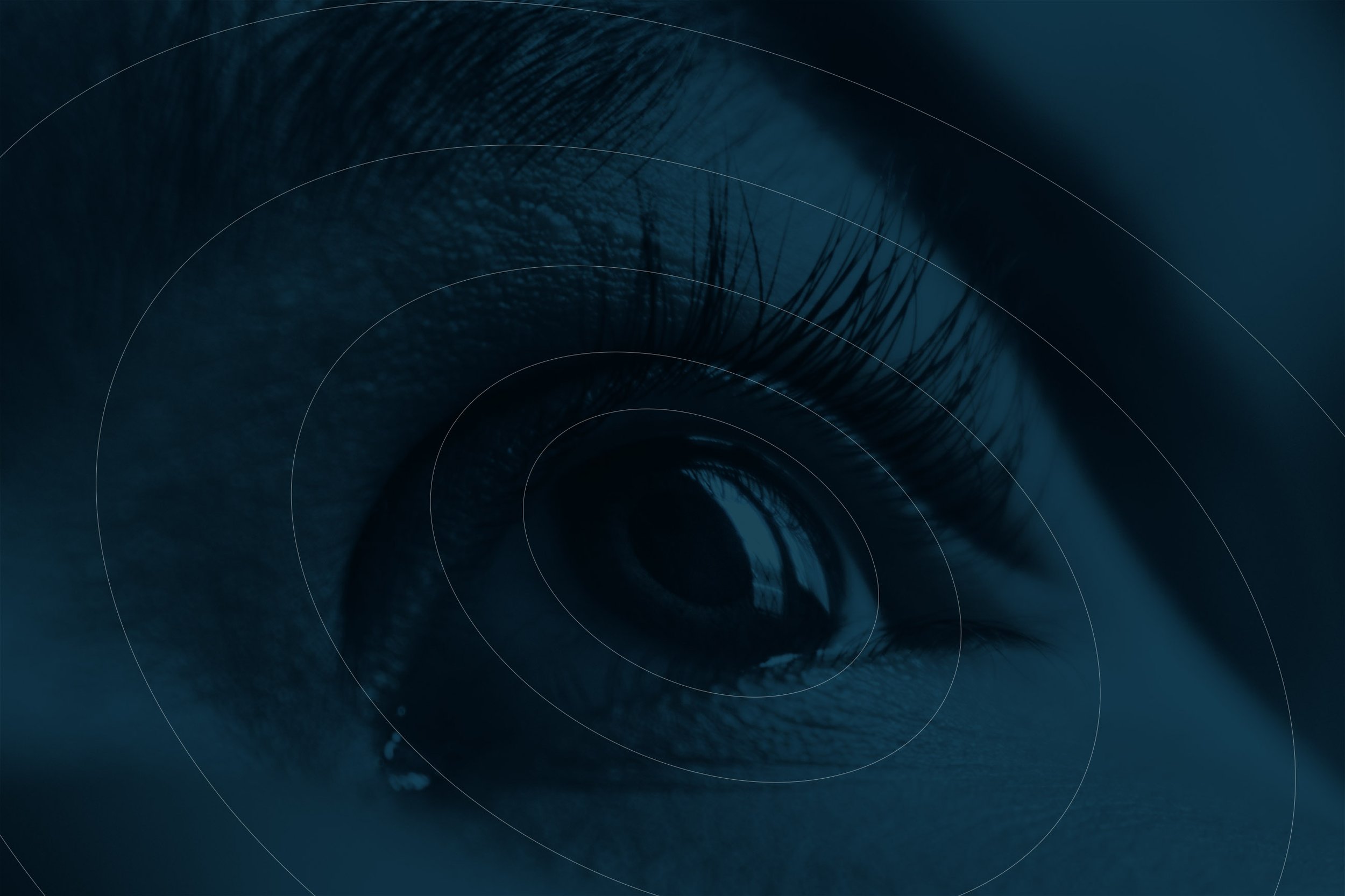
Maintaining eye health is important at any age and stage.
Here are some key symptoms and signs of keratoconus (KC) to monitor for:
Blurred or distorted vision
Increased sensitivity to bright light and glare (e.g., driving at night is difficult with bright street and car lights)
A need for frequent changes in eyeglass prescriptions
Sudden worsening or clouding of vision
Soft contact lenses no longer fit well on the eye
Shape of the cornea becoming less spherical and more cone-shaped
Eyestrain and headaches
Many of the signs and symptoms of KC cross-over with other eye-conditions, and quite often, symptoms won't be obvious in the early stages.
Regular eye-checks and general health check-ups are the best way to get an early diagnosis.
If you suspect you might have keratoconus, the best thing to do is see your GP or eye doctor for an eye examination.
Your eye-doctor will conduct a range of diagnostic tests, including:
A refraction test which requires you to look through a machine – called a phoropter – and read letters from a chart. A specialised light is then shone into your eyeball to measure its refraction.
A slit lamp exam which uses a special microscope with a bright light to look at different parts of the eye. While painless, your eye doctor will likely dilate your pupils to perform this test, so you won’t be able to drive afterwards.
Corneal topography which is a non-invasive eye test that charts the landscape of your cornea, including thickness and curvature, thus identifying irregularities of the corneal surface.
Tonometry to measure the pressure inside the eye, by very gently and transiently flattening the cornea. Unless your eye doctor is performing air-puff tonometry, an instrument will gently touch your eye. You’ll be given numbing eye drops so you won’t feel anything.
Taken together, the results from these various tests will enable a diagnosis to be made.
TheiaNova is creating a novel eyedrop treatment for patients living with keratoconus
Our world first solution combines human growth factor TGF-B3 and low-dose steroid dexamethasone to develop a painless and non-invasive treatment targeting keratoconus.
The treatment, a patented eyedrop, aims to regenerate collagen in the cornea over a twice daily, three-week application period.
The treatment is expected to rebuild the collagen matrix in the cornea that has broken down due to keratoconus.
By regenerating collagen in the cornea, our treatment has the potential to restore the cornea's structural integrity and rigidity.
Important: TheiaNova’s products have not yet been approved for clinical use in any jurisdiction
Contact lenses can be a great way to manage visual impairments.
They are discreet, relatively comfortable, and provide the wearer with a wider range of vision.
However, some eye conditions can make wearing contact lenses difficult. Contact lenses sit on the corneal surface, meaning that any corneal irregularities – such as keratoconus, when the cornea bulges outward – can affect how they fit.
So, if you suffer from keratoconus, what are the options?
Rigid Gas Permeable (RGP) Lenses are rigid, meaning they don’t conform to the irregular and bulging shape of the cornea. This creates a regular front surface for the light entering the eye, offering a better level of vision for the wearer.
Scleral lenses sit on the sclera, or white of the eye, instead of across the cornea itself. The design of these lenses means that the lens doesn’t touch the cornea, therefore providing a more comfortable fit for somebody with corneal irregularities like keratoconus.
Combination systems use a mix of soft and rigid lenses to manage keratoconus. For some, it can be more comfortable to wear a soft lens underneath a rigid RGP lens, especially if the contacts will be worn for longer periods of time.





